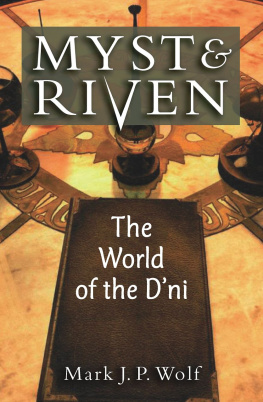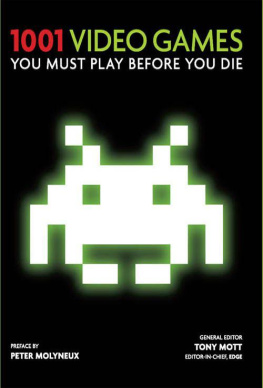Shantal Robert and La Elisabeth Perron who let me spend sleepless nights in Silent Hill throughout the years;
Matteo Bitanti and Costa Nolan who published an earlier version of this book in Italian in 2006;
Thomas Dwyer and his team at the University of Michigan Press for their great support regarding this current version;
Shanly Dixon and Kelly Boudreau who have revised the manuscript with care and, above all, have helped me have clearer thoughts all along;
Sbastien Babeux for his comments and great help through our constant nocturnal correspondence;
And everyone else that helped me in one way or another: Franois Lvesque, Lorenzo Bassanelli, Jean Chteauvert, Carl Therrien, Dan Birlew, Peter Nguyen, Mark J. P. Wolf, Pierre Fontaine, Serge Cardinal, Serge Fortin, and Andrane Morin-Simard.
Introduction
The way is the goal.
Theravada Buddhist proverb
The typical starting point for any discussion about Silent Hill is a comparison to Resident Evil. Given that Capcoms big hit console series (1996) was introduced before Konamis Silent Hill (1999), it was and still is the obligatory reference. However, as the Official U.S. PlayStation Magazine stated on the cover of its issue of March 1999, SH1 are caught up in the evil plan of a religious cult known as The Order and have to battle monsters and other humanoid creatures that spring forth from the supernatural power of tortured minds. These narrative frameworks eventually gave birth to two different games. Resident Evil is more action-oriented, focusing on quick thrill jumps, scares, and gory images, while Silent Hill is devised to be more psychological in nature, more about character and atmosphere, intending to convey a tone of dread, anxiety, and helplessness.
Since playing games can become a passion, discussing Silent Hill with specific reference to Resident Evil (or vice versa) often leads to inflamed debate. Various fan sites and discussion forums are the theater of such clashes. Reviewers also frequently refer to one game or another to express their opinions. For example, Michael Risers web review of SH3 (2003):
Stretching aesthetically beyond the confines of the genre, the first two Silent Hill games occasionally felt more about experience and reflection than actual gameplay, but they have enjoyed a large cult following since their inception. Whilst I loathe making this completely inevitable comparison, there are still many who continue to hold Resident Evils zombie-blasting mediocrity in higher regard simply because the gameplay can feel a touch more focused. These are the same people who dont really understand what the Silent Hill games are all about, either because they dont try very hard, dont want to, or simply dont (personal taste plays a part in all things, no less here than anywhere). This isnt to make fans of the series sound like elitists, for all the Silent Hill games have had their share of flaws, but this is more to show that it takes a certain kind of person to enjoy a trip to the Hill. No matter how much the games are praised or chastened, there will always be those who hate or love them for various and completely valid reasons. But if youre one whos willing (and brave enough) to spend some time in thought about the series demented subject matter, you may find yourself wallowing in a deeper experience than you bargained for.
These remarks illustrate an ongoing polemical mode of inquiry that I will forego. I will however, use a portion of Risers comments as my point of departure. The extraordinary power of Silent Hill, as many reviewers have noted, lies in the fact that the series isnt simply a game but rather a uniquely powerful emotional experience. It is for this dimension that millions of copies of the Silent Hill series have been sold to date. Therefore, although Ill be discussing SH: 0rigins (2007), SH: Homecoming (2008), and SH: Shattered Memories (2009), as well as talking about SH4: The Room (2004) in the conclusionand explaining why I do it at this late point, this book will deal primarily with the emotions inherent in SH1, SH2 (2001), and SH3, the three games that set the core game mechanics that make the series what it is. I will not focus on the induced stress common to all video games, but instead investigate the specific fears survival horror games are designed to provoke.
An Experiential Route of Fear
My recollection of the beginning of SH2 This was such a great relief.
We can all agree that there is a big difference between the search Ive just described and its alternative, where, for example, we know the flashlight is in Room 205 (and we know that at one point we will find this flashlight from our previous playing of SH1 and from the manual). This investigative process within the game is not unlike the approaches that one can choose when studying a narrative work: to consider the work as it was experienced in the course of its first reading/viewing (an online perception) or to analyze its overall structure afterward outside of its time flow (a leisurely analysis). from one who has mastered a game, versus gameplay experienced primarily either as mimesis or as art (or as a program we might add), Grodal differentiates the game as an experiential route and the game as a map and as a system (2003, 144).
It is certainly beneficial to know our way around, and it would be difficult to write about games while making only vague comments about the action and the places where it transpires. Despite this, it is not my intent to particularize the map or virtual environments of Silent Hill and to localize every feature. Nor is my intention to trace the path(s) as in a walkthrough. As we know, each game has different endings This essential affective projectto scare the gameris inherent in the experiential route of the gamer in the course of the game(s): it is a lonely psychological journey that drags the gamer into a wealth of nightmarish scenarios.
It is also not my ambition to study the system or the programming specifics of the games. In any case, I would be incapable of doing so because, as a gamer, I do not have access to this type of information. My approach remains gamer- or gameplay-centric. The Silent Hill 3 Official Strategy Guide (Birlew 2004) does, however, disclose a part of the math behind the game. To maintain the challenge throughout the game, the system counts the ammunition and the number of health items held so as to place or remove certain supplies. Birlew gives the conditional items labels and recommends they be used to determine why you did or did not find certain conditional supplies while playing through a stage (2004, 47). For example, the gamer must enter the Hazel Street Station with less than 50 ammunition points, each handgun bullet being worth one point. Once more, Birlew advises the gamer:
Sometimes it is in your best interests to waste one or two extra rounds or gulp down an extra Health Drink before proceeding to the next stage. For instance, if you leave the Happy Burger with only 54 bullets, it would be wiser to pop off five rounds and enter the Hazel Station with only 49 bullets. The two extra boxes of ammunition that appear on the trashcan near the bathrooms total 20 rounds. Basically, you are trading up. Make the same decision with your recovery items before entering each new stage. Remember that ammunition loaded in the gun counts as well. (2004, 74)
With this kind of knowledge, it is certainly possible to progress through the game more easily. Nevertheless, even though game playing is all about a discrete set of choices, literally calculating all of the moves (as in the upgrade system of a role-playing game) does not elicit the same experience as making a decision based solely on observations or impressions confined to the games. Confronted with a virtual 3-D world as realistic as that of

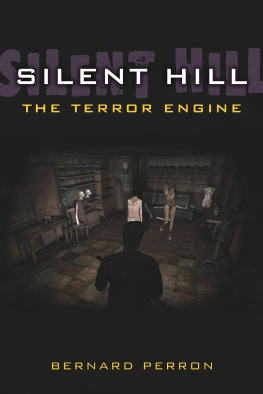
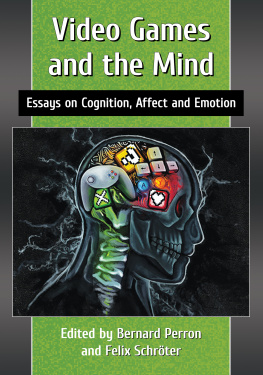
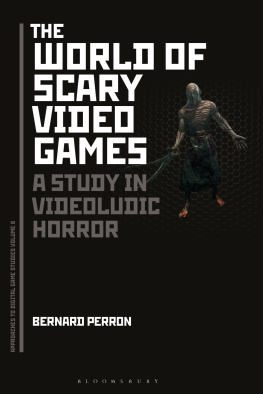


![Mark J. P. Wolf (editor) - Encyclopedia of Video Games: The Culture, Technology, and Art of Gaming [3 volumes]](/uploads/posts/book/279290/thumbs/mark-j-p-wolf-editor-encyclopedia-of-video.jpg)
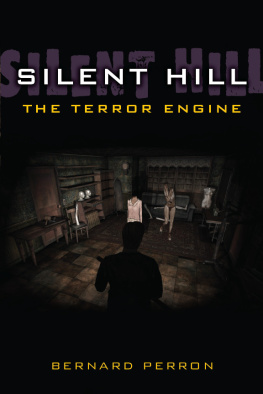
![Ethan Ham [Ethan Ham] - Tabletop Game Design for Video Game Designers](/uploads/posts/book/119417/thumbs/ethan-ham-ethan-ham-tabletop-game-design-for.jpg)

